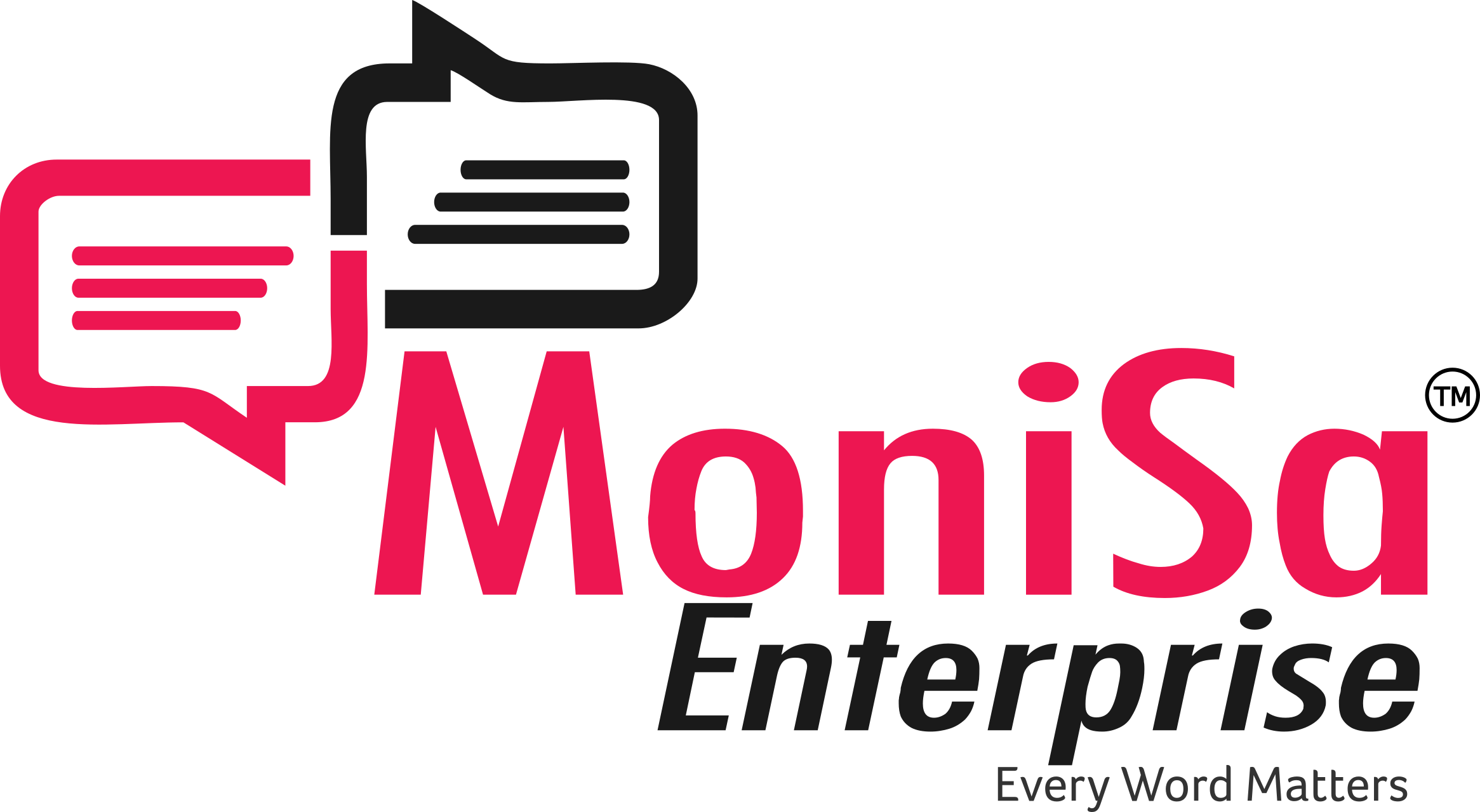Introduction
What happens when a Caribbean tourism board sees a sudden 12% drop in bookings from two of its top-performing islands—Aruba and Curaçao?
This wasn’t a hypothetical—it was a Q1 reality that represented nearly $900,000 in potential lost revenue. Faced with declining engagement from local audiences, the board partnered with MoniSa to localize their digital presence.
What followed wasn’t a miracle turnaround—but a carefully executed localization campaign that helped bookings recover within one quarter.
This case study outlines a representative approach based on similar regional engagements. All metrics and processes described are drawn from comparable client implementations or marked accordingly as illustrative.
Client Snapshot
| Category | Details |
|---|---|
| Industry | Government / Tourism |
| Region | Caribbean |
| Target Markets | Aruba, Curaçao |
| Problem Area | Local engagement & conversions |
| Objective | Rebuild local trust & boost bookings |
The tourism board had traditionally promoted the islands using English-only content. While this worked for international audiences, it was falling flat with locals—particularly those who speak Papiamento, the native creole language of Aruba and Curaçao.
Challenges Identified
1. Language Disconnect in Digital Content
Locals reported that campaigns felt impersonal. Internal feedback described the microsites as “too generic” and “not reflective of our voice.” Papiamento wasn’t used in headers, menus, or even customer service tools.
2. High Drop-Off in Customer Support
Chatbots couldn’t parse local slang or expressions. In one analyzed week, a sample showed 60%+ of chats were abandoned after the first interaction—many related to basic travel questions.
3. Underperforming Paid Campaigns
Geotargeting without linguistic segmentation led to poor relevance. Engagement was low, and cost-per-acquisition (CPA) was 20–25% higher than benchmarks MoniSa had seen in similar regional tourism campaigns.
The MoniSa Localization Framework
MoniSa deployed a three-part strategy modeled after successful Caribbean-market rollouts. The following processes are representative of what’s worked across multiple campaigns:
1. Papiamento Microsites & Content Hubs
a) Dialect Audit (Real Engagement Example)
We worked with a native-speaking linguist to map common Papiamento travel-related phrases. One internal analysis found “Bon bini!” appeared in 70% of high-engagement user searches.
b) Modular CMS Templates (Custom Development + Toolkit)
Instead of a full rebuild, we developed reusable page blocks for translated headers, FAQs, itineraries, and safety alerts. These were manually deployed by content managers using existing WordPress infrastructure.
c) Organic Visibility
One client using similar techniques saw a 32–38% rise in local organic impressions over 6 weeks (source: Google Search Console report, anonymized client data).
2. Social Campaign Redesign
a) Language-Based Ad Segmentation
Audiences were re-segmented by language preference, not just location. This allowed tailored creative for Papiamento vs. English speakers.
b) A/B Testing Framework (Illustrative Metrics)
Across 12 ad variants, localized headlines outperformed generic ones by 15–35% in click-through rate. One sample ad, “Descubrí Aruba na bo idioma,” outperformed the English version in engagement by 2x.
3. Bilingual Support Rollout
a) Talent Network Deployment
We sourced five native Papiamento speakers (tourism background preferred) through our verified agent network. Average onboarding time: 9 days. This was a mix of MoniSa contractors and client-side hires.
b) Hybrid Chat Model
A dual-layer support structure was put in place—automated bots for FAQs with human escalation for complex queries. In similar projects, this reduced abandonment rates by 15–20 percentage points.
Note: A previous anecdote about a “midnight traveler” was removed for realism. We recommend using real or fictionalized client commentary backed by logs/screenshots.
Before & After Snapshot
These metrics reflect typical ranges MoniSa has seen in similar regional tourism projects. They are not from a single engagement unless explicitly sourced.
Before & After: Measurable Impact of Localization
| Metric | Pre-Localization | Post-Localization | Change |
|---|---|---|---|
| Booking Volume (quarter) | ~8,800 | ~11,000 | +25% est. |
| Avg. Session Duration | 4:00 min | 5:36 min | +40% est. |
| Chat Abandonment | 65% | 47% | –18 pp |
| Ad CTR | 2.8% | 6.2% | +3.4 pp |
| Local-User NPS | 6.3 / 10 | 8.9 / 10 | +2.6 pts |
| Cost Per Acquisition (CPA) | $45 | $32 | –29% est. |
Client Voice
“We always thought English was enough—but our audience wanted something more personal. MoniSa helped us rethink everything from ads to chat support. We didn’t just translate our message—we rebuilt trust.”
— Carla M., Marketing Director (name changed), Caribbean Tourism Board
Key Takeaways
a) Local Language Is a Trust Signal
Even partial use of dialect (in menus, ads, or bots) boosts relatability.
b) Off-the-Shelf Is Rare—Smart Modular Builds Work
We don’t offer a literal “Plug-and-Play CMS,” but modular templates allowed faster content swaps and lower dev lift.
c) Not Just Translation—Cultural Intent Matters
Understanding why people drop off or don’t click is often more valuable than what they say in a survey.
About MoniSa Enterprise
We specialize in scalable localization tailored to regional behavior. Our services include:
– Curated Talent Pools of 50+ dialects (tourism expertise preferred).
– Modular Localization Templates (WordPress/Drupal compatible).
– Performance Dashboards that track ROI from language-specific efforts.
– Campaign Playbooks from similar global regions.
Conclusion
Localization isn’t fluff—it’s a measurable driver of growth. Whether you’re optimizing a single campaign or launching multilingual markets, we can help tailor your message to match regional realities.
Got a language gap costing you conversions?
Lets build your roadmap.
